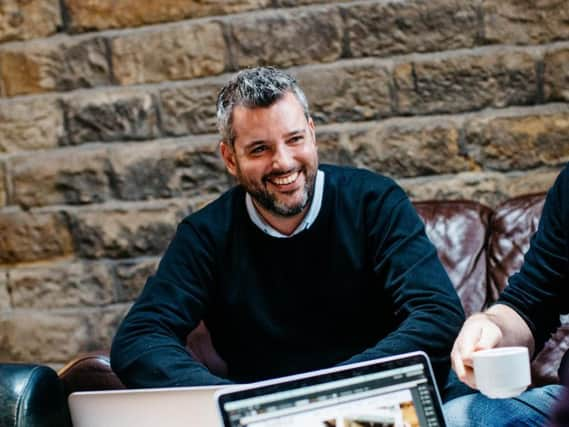From drawing to global symbol


It is hard to imagine a time before the skull and crossbones, smiley face, or heart emoji.
Today one of the most recognisable logos is that of the Extinction Symbol, which has been widely adopted by the campaign against climate change.
Advertisement
Hide AdAdvertisement
Hide AdIt consists of a simple circle to represent the earth and an hourglass to signify that time is running out.
And a recent report by the Intergovernmental Panel on Climate Change (IPCC) suggests this is no exaggeration - we have just 12 years left to limit global warming to 1.5 degrees Celsius, or we risk catastrophic change to our planet’s climate.
Like all the best logos, the Extinction Symbol is easy to remember and to replicate.
On recent trips to Berlin, New York and London, I saw it scrawled on cardboard signs, spray painted on walls, graphically rendered on stickers, tattooed on baristas’ arms, and drawn in colourful chalk on the road.
Advertisement
Hide AdAdvertisement
Hide AdIt has been described as the peace symbol of the climate movement and it has been at the centrepiece of the global Extinction Rebellion protests.
The creator of the logo is an East London artist known as ESP, who explained how the logo came into being during a recent interview with Eco Hustler.
“I started off by chalking it really large on a wall down Brick Lane and some guys standing across the street were joking around, asking me if I thought I was Banksy or something,” ESP explained.
“I just ignored them and carried on. Then they became curious about the meaning and one said, ‘X marks the spot,’ then his friend said, ‘No, time’s running out.’ I turned around and was like ‘Yes!’
Advertisement
Hide AdAdvertisement
Hide Ad“That incident gave me confidence that people could instantly get the meaning of it.”
Focusing on the iconography of a movement might seem perverse given the importance of the message.
But a well crafted symbol can help cut through the noise.
It can provide a mental shortcut to meanings that might otherwise pass us by.
And now, more than ever, we need to pay attention.
By Guy Cookson, Partner at Hotfoot Design